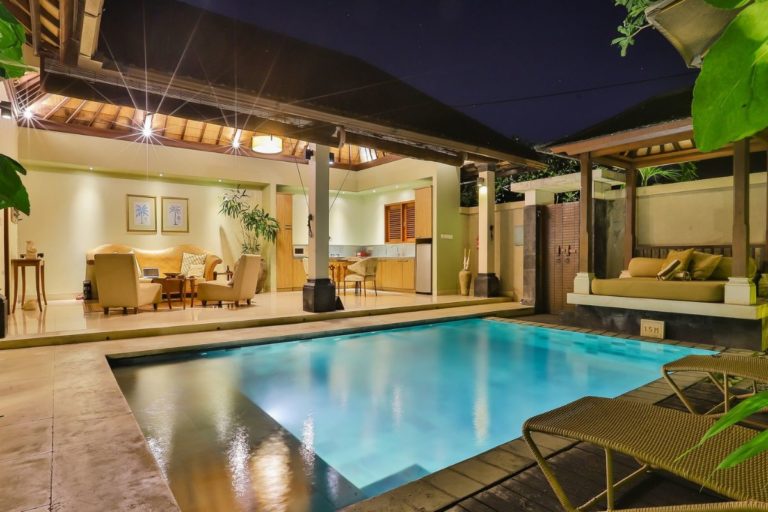A pool heater is the crown jewel of indulgence for pool enthusiasts. They add comfort, and can extend the time you use the pool, transforming your swimming experience into a year-round adventure.
During our interview with Brett McClare from Pool Heating Queensland, we discussed heat pumps and other heating options. This article unveils everything about this luxurious and warm upgrade.
Also, the mistakes people normally make when choosing pool heating equipment.
Pool Heater For All Types And Sizes
If you own a fiberglass, vinyl, or concrete pool of any size or shape, don’t worry. All pools can be heated, from a spa to an Olympic sized swimming pool.
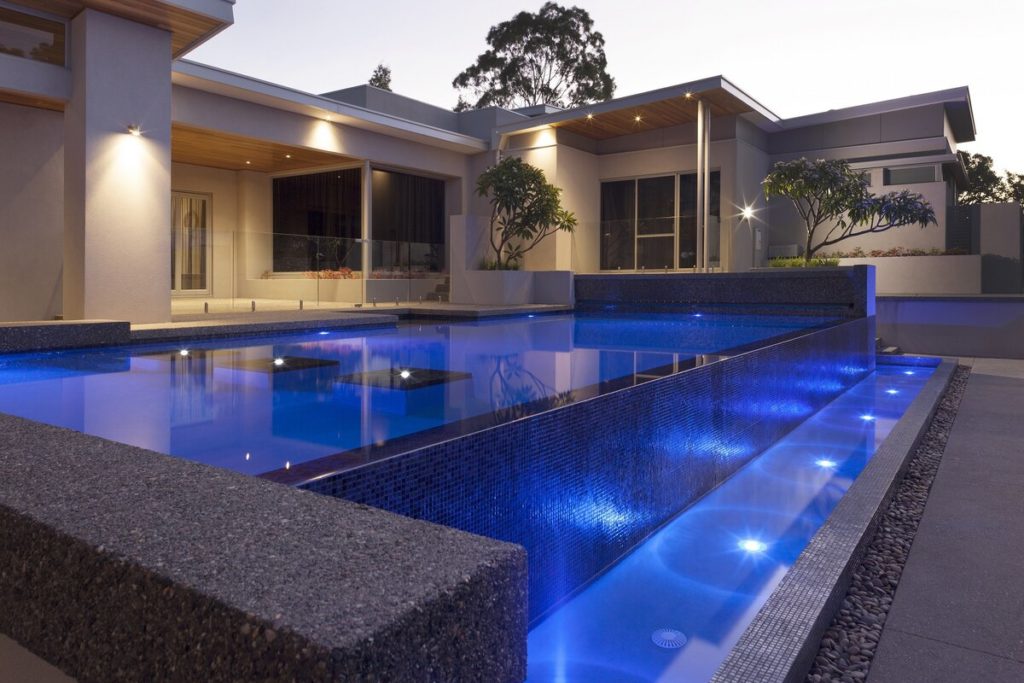
But there are certain factors that can significantly impact the sizing of heaters required for your pool. For example, the type of pool construction, shading, and local weather must be taken into consideration.
Also, where your pool is located within the lot, and if it’s partially or fully out of the ground.
Because there is not a ‘one size fits all’ heating solution, it’s best to discuss with a specialist what you would like to achieve with pool heating. They can recommend an appropriate heating system based on your requirements, lifestyle, and local conditions. This invaluable help can save your money and stress.
Pool Heater – Most Common Options Available
The most common heating options available are gas, solar, and heat pumps. Each option has their own characteristics, including water flow rates, and power consumption.
This is what we learned with Brett during our interview:
Solar Pool Heating
This method pumps pool water through rubber matting located on the roof. It’s a very efficient form of heating, but only works when the roof temperature is significantly warmer than the pool. At best, they only extend your pool season either side of your normal swimming season.

Because they need to be on the warmest part of your roof, they take the space where you would normally install solar panels.
The other downside is that they degrade at a substantial rate due to the full sun exposure on the rubber matting. This results in a relatively short lifespan.
Gas Pool Heating
The fastest heating system available, it burns propane or natural gas to generate heat. The pool water circulates through this system, absorbing the heat.
This solution can raise the water temperature faster than other heating options. But due to high gas prices, this heating option is cost prohibitive for most people.
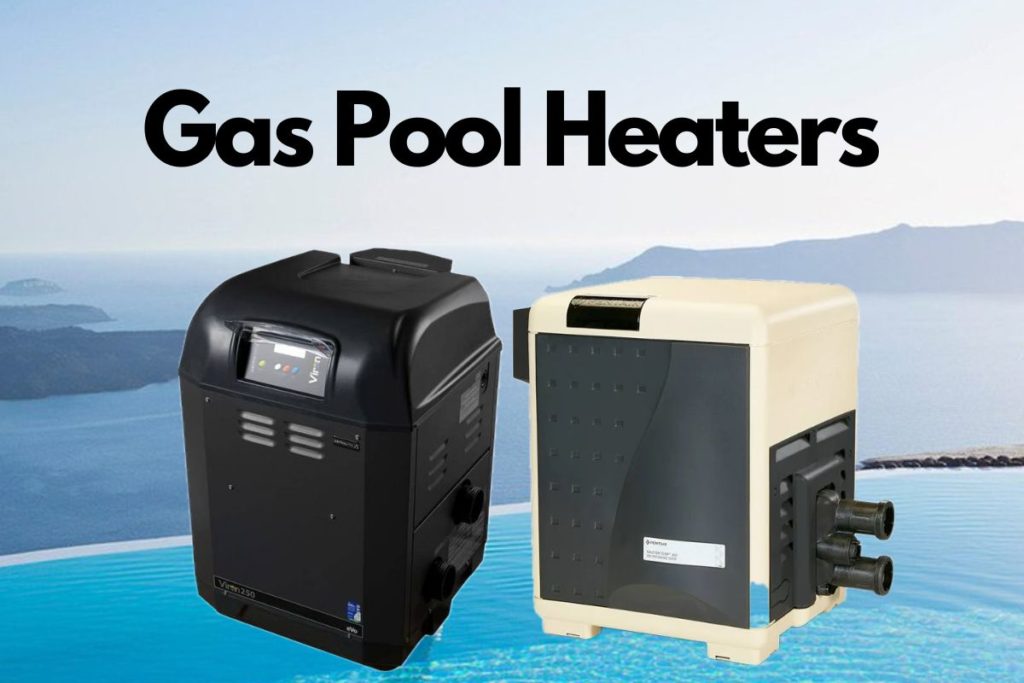
Also, the newest homes built in Australia are not connected to the main gas supply. Only liquid propane bottles can be used in these locations requiring extra space.
Keep in mind that a licensed gas fitter is required to install, and regularly maintain the system.
Pool Inverter Heat Pumps
These are electric heaters, and can also be used to cool your pool. They are essentially reverse cycle air conditioners that take warm air from the atmosphere, and use it to heat the water that passes through them.
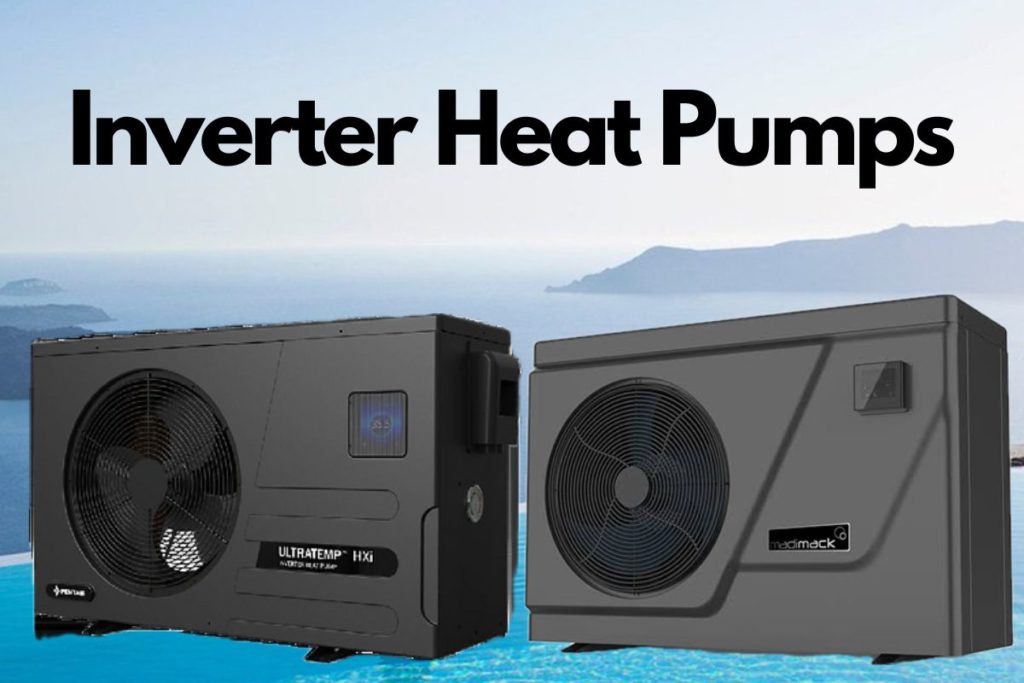
With heat pumps, the ideal scenario is to have enough available excess solar power to offset the running costs.
As different sized heat pumps are required for different sized pools, then their energy requirements vary considerably.
Pool Heater – Choosing The Correct Heat Pump
All pool heating options use either electricity or gas. If you are looking for a sustainable solution, an inverter heat pump that uses excess solar energy is by far the most efficient.
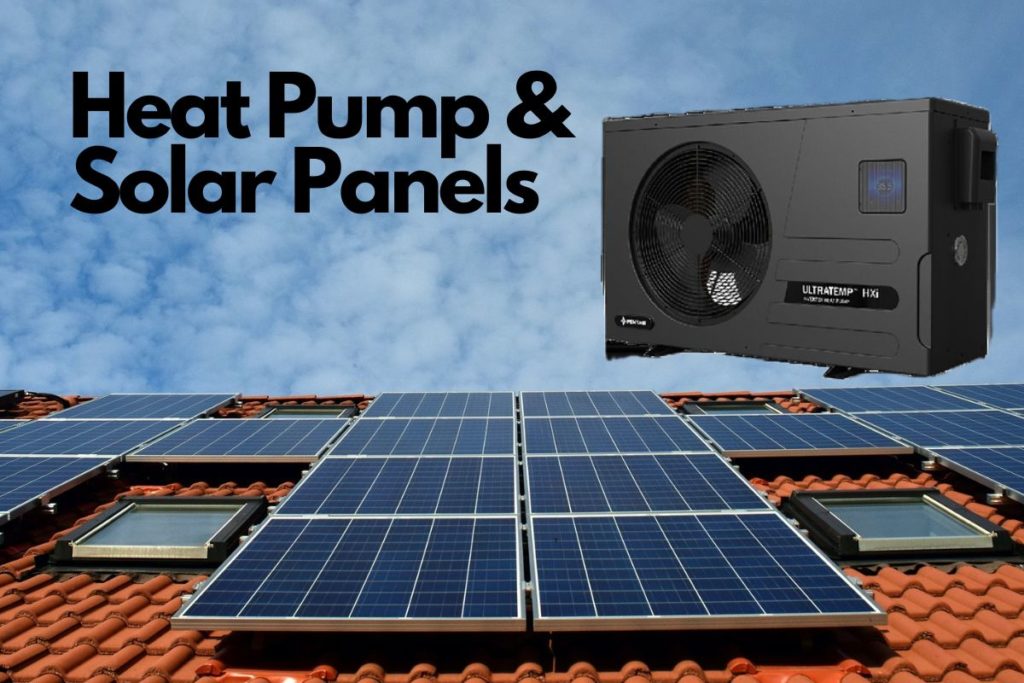
One of the key steps is to have the heat pump sized, so it can maintain the desired pool temperature only during strong solar electricity production.
Also, it’s recommended to choose an equipment that works with an efficient refrigerant such as R32.
The most common mistake people make is buying a heat pump solely based on price. This ultimately leads to the equipment being way undersized, noisy, and not capable of meeting their expectations.
It is essential to find a reputable heating specialist to discuss what you would like to achieve in terms of heating your pool.
They can help you find the correct sized heater, and it allows you to make trade offs in terms of what you want out of the heater, if trying to stick within a budget.
Heat Pump – Average Time to Heat A Pool
The time it takes to heat up the pool depends on various factors such as the size of the pool, the size of the heat pump, and the current weather conditions.
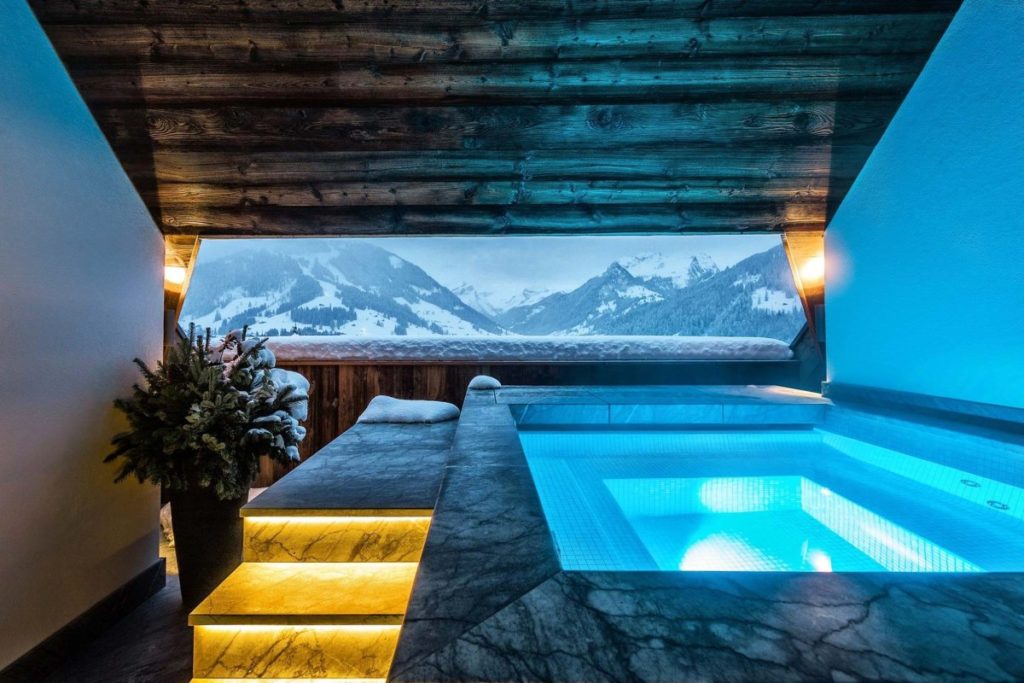
Heat pumps need to run daily during the chosen swimming season, so they can reach and maintain the desired temperature.
In terms of temperature, most people aim for 28 degrees, but a properly sized heat pump can reach 40 degrees if needed.
Overnight, the temperature generally drops 1 to 2 degrees if using a pool blanket. When it comes on the next day, the heat pump only runs long enough to bring the pool water back up to the set temperature.
Their thermostat will monitor the pool’s temperature whenever it is running, all year-round.
Heat Pump and Covers For All Seasons
Maintaining the pool water warm during all seasons requires your heating equipment to be run on a daily basis.
But there are certain steps that you can take to reduce the time required to run your heat pump – it doesn’t need to be run at night.
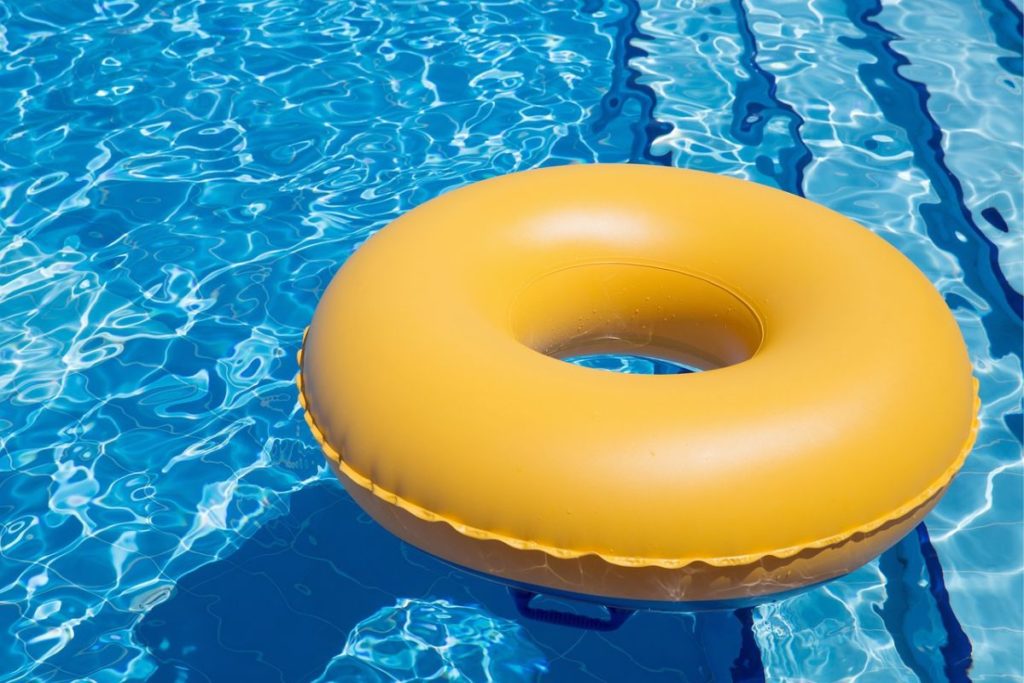
- During summer – the pool water temperature naturally reaches 28 degrees due to the intensity of the sun’s rays. If you set the pool heater to the same temperature, they won’t run during the day unless the temperature drops.
- During winter – if you wish to only run your heating equipment during the day, then a solar cover for your pool is highly recommended. They help keep the heat in the pool overnight in the cooler months, and can also heat the water during the day using the sun’s rays.
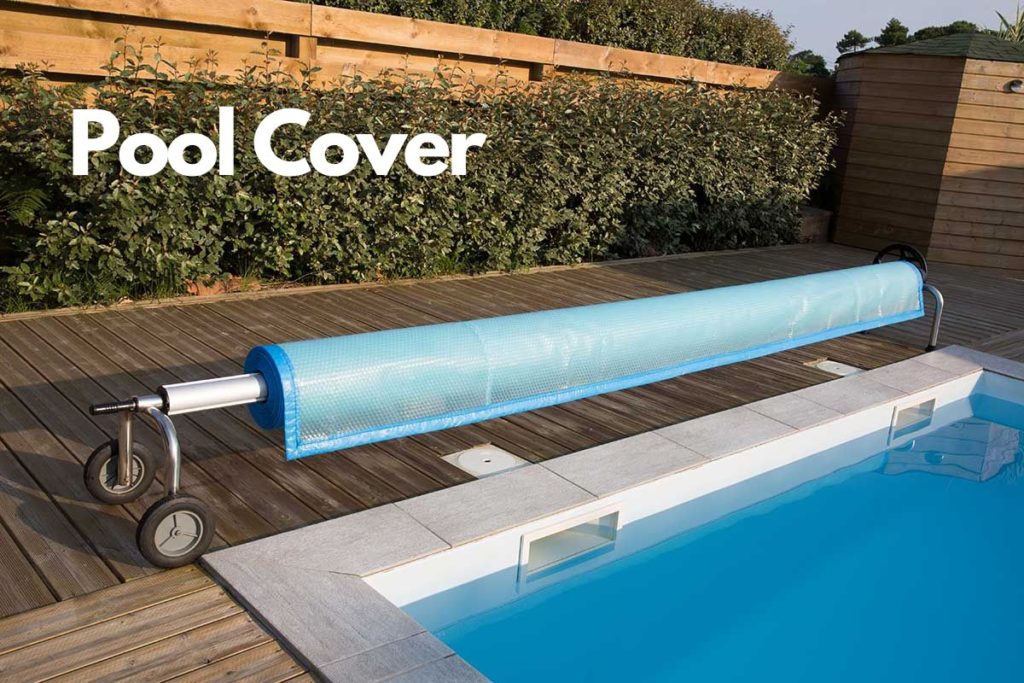
Be mindful that without a cover during winter, you will probably need to double the size of the heating equipment for your pool. Even then, it might take most of the day for the water to come back up to the set temperature, after dropping down overnight.
There are a number of pool blankets or covers on the market, and if you are looking for quality, we suggest you look at the Daisy range. Their solar cover can warm the water, it helps reduce chemical usage, and decrease evaporation.
Pool Heater With Wi-Fi Technology
If you would like to change the water temperature, and set timers for your pool from anywhere, then an inverter heat pump with Wi-Fi capability is a smart choice.
They give you the freedom to control your heat pump using a smartphone, or through your home automation system.
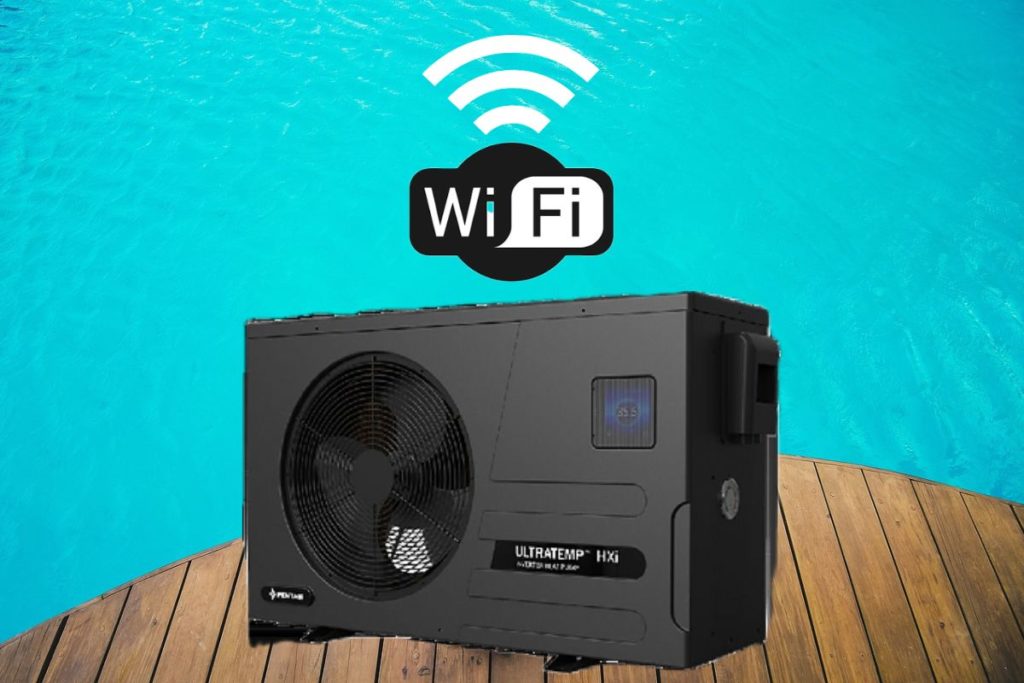
The Wi-Fi function is not a standard feature, so it’s best to speak with a heating specialist to find out what heat pumps have this technology.
Be aware that you will need to access your home Wi-Fi network from the location where the heat pump is installed.
If your Wi-Fi signal is weak, you will need to consider adding a Wi-Fi extender or booster.
Pool Heater with Share Controller
If your pool already has separate heating pipes, they can be utilised by adding a separate pool pump to connect to the heating equipment.
This has the advantage of both pipe systems drawing and returning the heated water lower inside the pool.
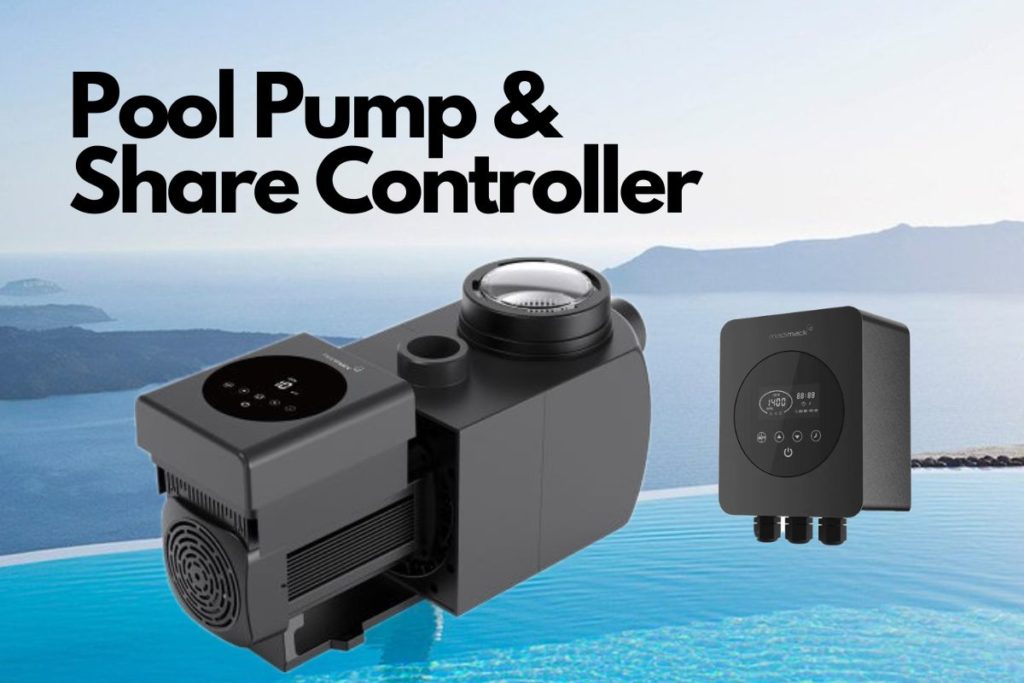
Another option is to use your existing pool filtration system to run your heat pump. This can be achieved by adding a pump share controller.
This equipment allows the heat pump to turn off the pool pump when the water reaches the set temperature.
This system saves you a lot of electricity, and still allows the pool’s sanitisation system to run as normal.
Again, it’s recommended that you discuss with a heating specialist the options available based on your pool set-up.
Pool Heater – Key Installation Steps
A standard installation consists of installing a concrete base for the inverter heat pump to keep it level. Another option is to wall-mount the heater, if the wall and brackets are strong enough.
In terms of location, the heat pump is generally installed in close proximity to the existing pool equipment. This keeps pipework and electrical runs to a minimum.
The inverter heat pump must be hard wired, and it’s important to have an isolation switch in close proximity to the heater.
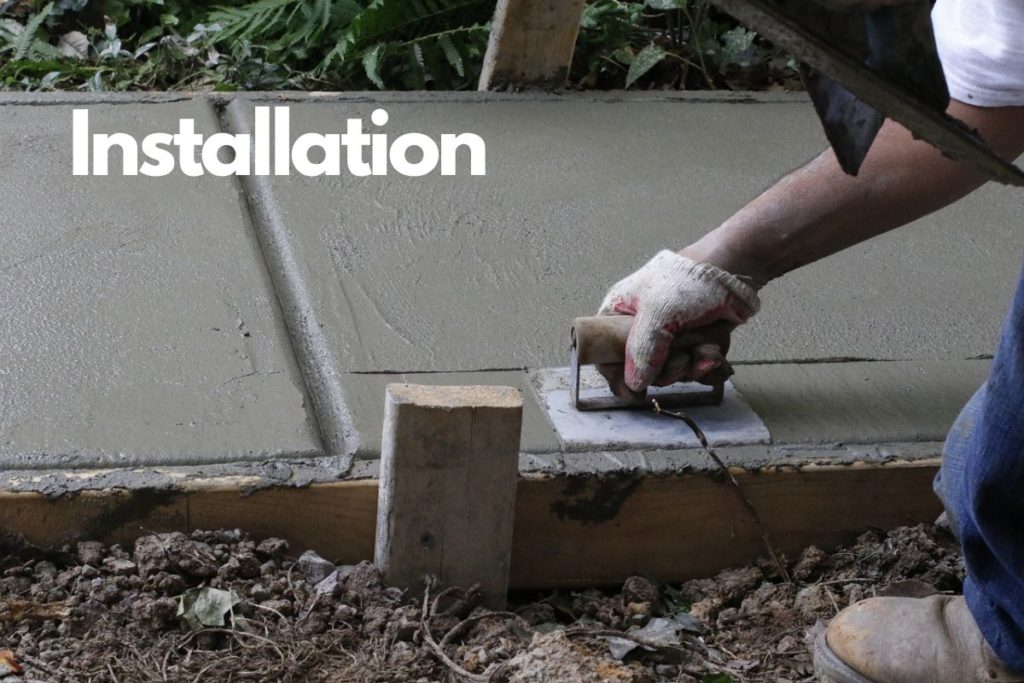
Also, it’s essential to not enclose the heat pump. Like air conditioners, they work by extracting hot air out of the atmosphere, and blowing out cold air.
If they are enclosed, the cold air cools the atmosphere around the heating equipment, making it almost impossible to extract warm air.
All in all, the installation includes the supply and installation of the heating equipment, plumbing and electrical connections, rubbish removal, and a comprehensive handover.
There are very few businesses that supply all of these things, and provide ongoing support. Shop carefully.
Pool Heaters – Durability and Warranty
The length of warranty varies greatly between brands. Some heat pump manufacturers offer extensive warranties on specific parts such as heat exchangers.
Look for an inverter heat pump with at least 5 years warranty on the compressor, and 3 years on parts.
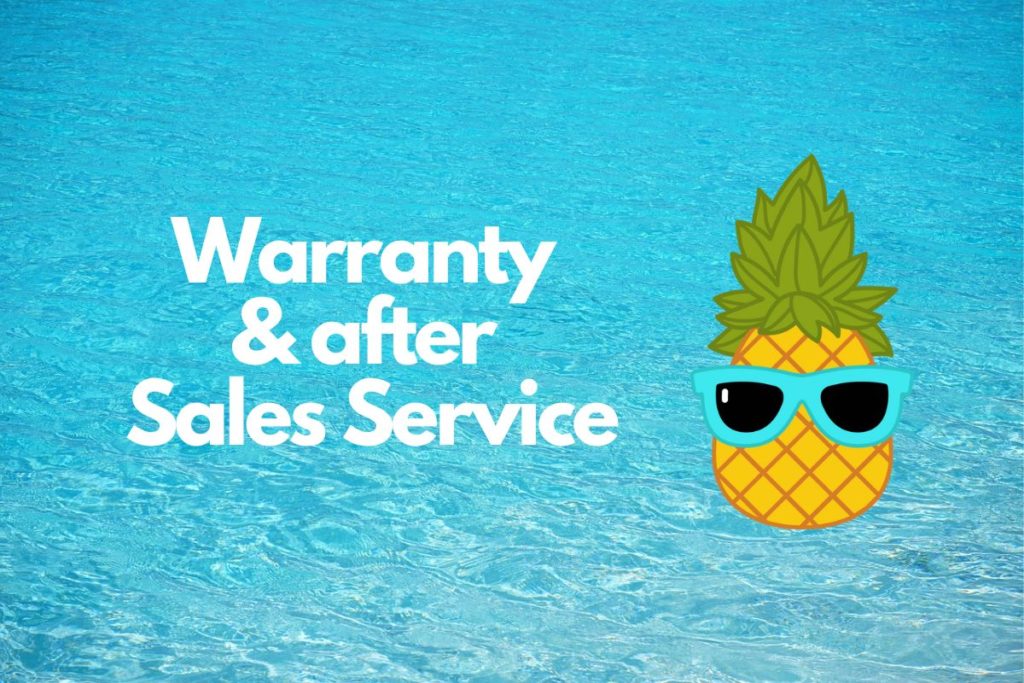
In terms of durability, a heat pump is designed to last more than 10 years for a quality system.
A heating specialist can help you choose the correct equipment from a reputable brand, manufactured by one of the world leading pool equipment companies.
Once your pool heating solution is installed, it’s time to relax. Regardless of the season, you will enjoy the comfort and pleasure of the warm water.
Happy swimming, everyone!

